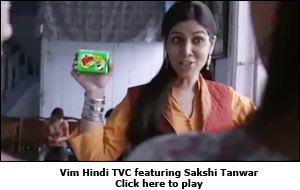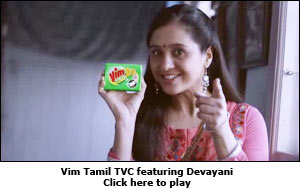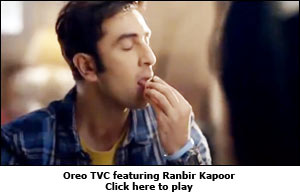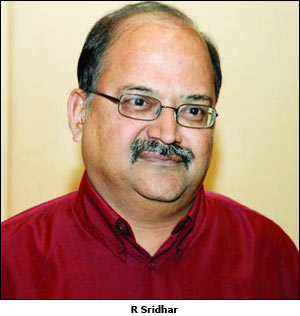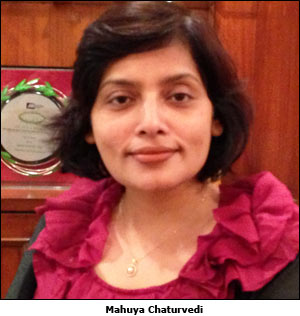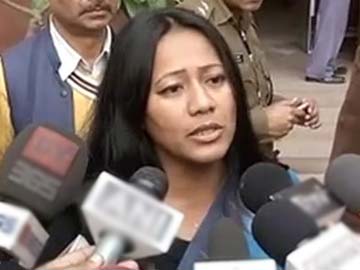| Chengrang Lanu and MNF: Mizo Uprising to be screened at prestigious fest | ||
| ZODIN SANGA | ||
Aizawl, Feb 6 : Mizo filmmaker Malsawmkima
Chhangte did not expect his first short film, made without proper
equipment, to travel this far.
“My first film being selected is unbelievable,” was Chhangte’s reaction to his debut film, Chengrang Lanu, being selected for the prestigious Mumbai International Film Festival, 2014.
Chengrang Lanu (Musket Lady),
directed and produced by Chhangte, has been selected in the short film
competition (national) category, while another Mizo film about the
two-decade Mizoram insurgency has been selected in the prism
(non-competitive) documentary film under 40 minutes category.
MNF: Mizo Uprising is a documentary directed and produced by Napoleon R.Z. Thanga.
Chengrang Lanu will be screened on Saturday between 4pm and 5pm at Godrej Theatre.
Though Chhangte has a number of documentaries to his credit, Chengrang Lanu is his first short film.
“We made this film without proper props
and my actors also work as crew members when they are off-screen. It is a
group effort and it paid off pretty well, much more than we expected.
It encourages me to make more films. I’m planning to make a full feature
film in the near future,” Chhangte told The Telegraph before leaving
for the film festival.
Chengrang Lanu depicts an unusual
event in the life of a young Mizo girl. It attempts to illustrate a
different aspect of the role of women in early Mizo life where a
stereotypical girl would stay at home, work in the fields or just be
unable to fend for herself. It starts with a brief narration of the old
way of life of the Mizos with visual imagery (sketches) depicting the
narration.
Emphasis is laid on the dangers of the
life of people who are always at war with each other. The scene then
dissolves into one where the protagonist is being stalked by two
warriors from a neighbouring tribe, is abducted and carried back to the
enemy village. The ambush party stops for rest at a thlam (jhum hut) where the girl somehow manages to escape and take revenge on her captors.
Filmmaking in a state like Mizoram, where
the silver screen is past its golden era and the markets are swamped
with dubbed Korean movies, requires a lot of zeal and even risk.
“In Mizoram where there is not a single
cinema hall to screen your film and the audiences are glued to dubbed
Korean movies, you cannot expect any monetary profits from making
films,” Chhangte added.
Chengrang Lanu had bagged the
second prize in the first Mizo Short Film Competition, 2013, jointly
organised by the Mizoram Films Development Society (MFDS) and the state
government’s information and public relations department.
The state government, in collaboration
with MFDS, has been actively trying to promote Mizo films in an attempt
to counter the invasion of foreign movies, mostly Korean, whose dubbed
versions are beamed 24x7 on the local cable television across the state.
In an official statement, the director of
information and public relations, Jim K. Chozah, congratulated the two
Mizo filmmakers on their films being selected in the international film
festival. He hoped that the achievement would encourage other Mizo
filmmakers to look for a global audience.
His department and the MFDS provide basic
training to aspiring filmmakers of the state. Two campuses now function
as a film city, with traditional Mizo villages serving as permanent
exhibits.
“The goal is to encourage Mizo filmmakers to create films based on the state’s history and Mizo folk tales,” Chozah said.
In last year’s budget, Rs 20 lakh was
earmarked for the promotion of visual arts and the film industry by the
Mizoram government.
|










